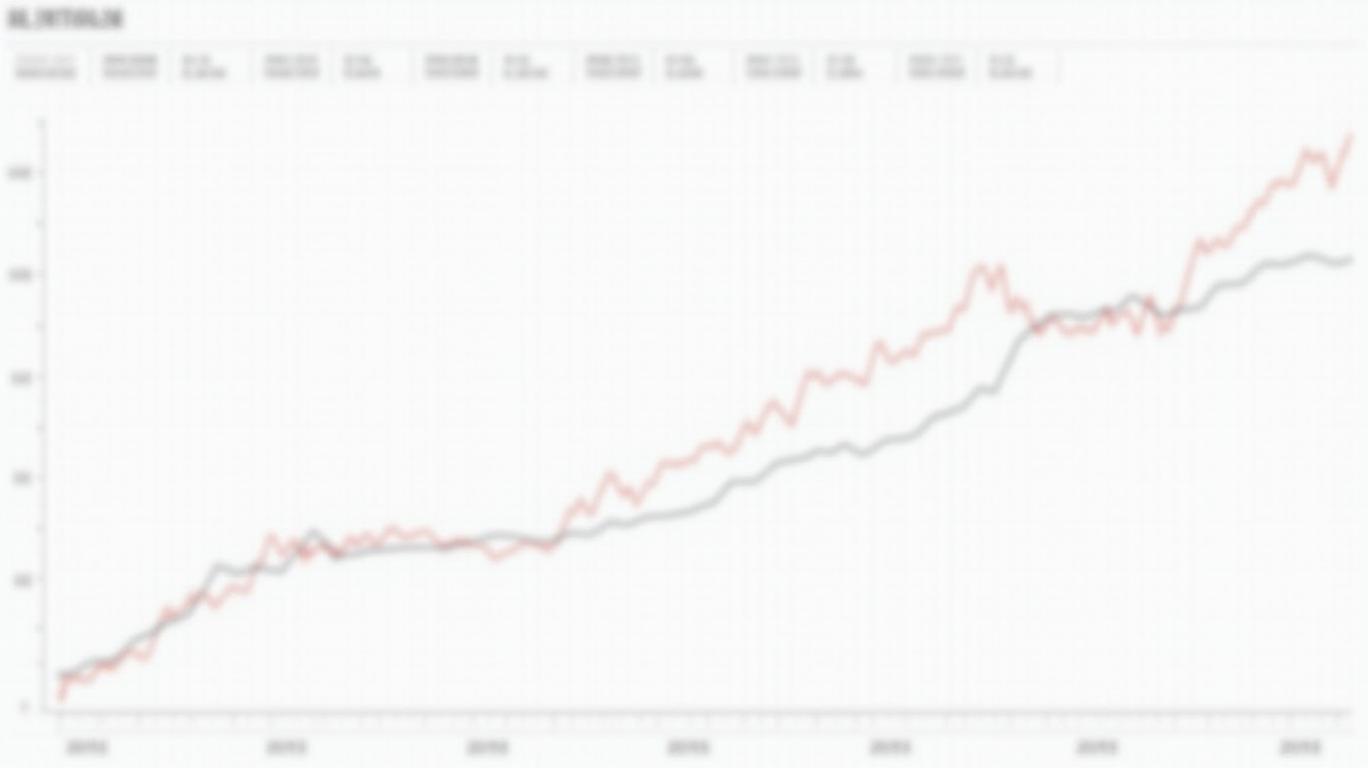Rising US Crude Inventories: A Temporary Dip or Structural Shift for Oil Prices?
The recent EIA report revealing a surprise 3.45 million-barrel build in US crude inventories has ignited debate: Is this a fleeting anomaly, or does it signal a permanent shift in oil market dynamics? With global crude prices hovering near $63/barrel—down 12% year-to-date—the answer could redefine investment strategies in energy markets. Let’s dissect the data and geopolitical landscape to uncover where opportunity lies.
Inventory Dynamics: A Perfect Storm of Supply and Refinery Constraints
The May 9 EIA report highlighted a critical divergence: while crude stocks surged, gasoline and distillate inventories plummeted, with distillates hitting a 20-year low. This paradox points to two realities:
1. Shale Overproduction: US crude output remains near record highs (13.387 million bpd), outpacing refinery capacity.
2. Refinery Bottlenecks: Utilization slumped to 84.5%—below its five-year April average—due to seasonal maintenance and delayed transitions to summer-grade gasoline.

The data reveals a structural imbalance: supply is outpacing refinery intake, creating a crude surplus even as refined products face shortages. This mismatch suggests the inventory build isn’t temporary—it’s a symptom of oversupply that could persist unless shale production slows or OPEC+ intervenes decisively.
OPEC+ Policy: Too Little, Too Late?
OPEC+ recently agreed to boost output by 411,000 bpd—a move that risks exacerbating the oversupply. Yet, compliance with existing cuts remains weak: April production fell only 200,000 bpd below targets. With Saudi Arabia signaling further hikes, the cartel’s credibility is waning.
Meanwhile, geopolitical dynamics complicate the picture:
- Iran: Nuclear deal talks threaten to flood markets with 500,000+ bpd of Iranian crude.
- Russia: Sanctions have trimmed exports, but volumes remain resilient at 3.48 million bpd.
The takeaway? OPEC+ lacks the will—or capacity—to balance markets. Their actions are reactive, not corrective, leaving crude prices vulnerable to sustained weakness.
Demand Trends: China’s Slowdown and the Global Uncertainty Premium
While US gasoline demand rose 5% year-over-year—driven by cheaper pump prices ($3.15/gallon vs. $3.65 in 2024)—global demand faces headwinds:
- China’s Industrial Slowdown: Falling industrial output and weak diesel demand are dragging on global consumption.
- Trade Frictions: U.S.-China tariff truces have eased some pressures, but lingering protectionism clouds long-term demand growth.
The result? Demand growth is stalling, even as supply remains stubbornly high. This imbalance isn’t cyclical—it’s structural.
Contrarian Opportunities: Betting on the Bearish Trend
The data paints a clear path for contrarian investors: short oil, long refining margins.
1. Short Oil ETFs (USO, DBO)
- Why: USO mirrors futures, which will face downward pressure as inventories grow. A sustained contango market structure (futures prices rising over time) penalizes long positions, while short sellers benefit.
- Risk: Geopolitical flare-ups (e.g., Red Sea tensions) could spike prices temporarily. Use stop-losses near $70/bbl to hedge.
2. Long Refiners (DVN, COP)
- Why: Refiners like Devon Energy and ConocoPhillips benefit from wider crack spreads (the difference between crude and product prices). Gasoline/diesel shortages mean margins could hit $25+/barrel, even if crude prices drop.
- Risk: Refinery outages or OPEC+ cuts could narrow spreads.
3. Hedging with Bearish Options
- Strategy: Sell call options on oil ETFs or buy put spreads to profit from price declines. For example, a put spread on USO at $15–$18 strikes could yield 10–15% returns if prices stay below $70.
Conclusion: The Structural Bear Case Is Unmistakable
The May inventory build isn’t an anomaly—it’s the new normal. Shale’s relentless output, OPEC+’s ineffective policies, and weakening global demand form a trifecta pushing oil toward a prolonged bear market. For investors, this isn’t a dip to buy—it’s a shift to short. Act now before the structural underpinnings of this trend become undeniable.
Final Call to Action: Allocate 5–10% of your portfolio to short oil ETFs or refiner stocks before the next EIA report amplifies the bearish narrative.
This article is for informational purposes only. Consult a financial advisor before making investment decisions.

Comments
No comments yet